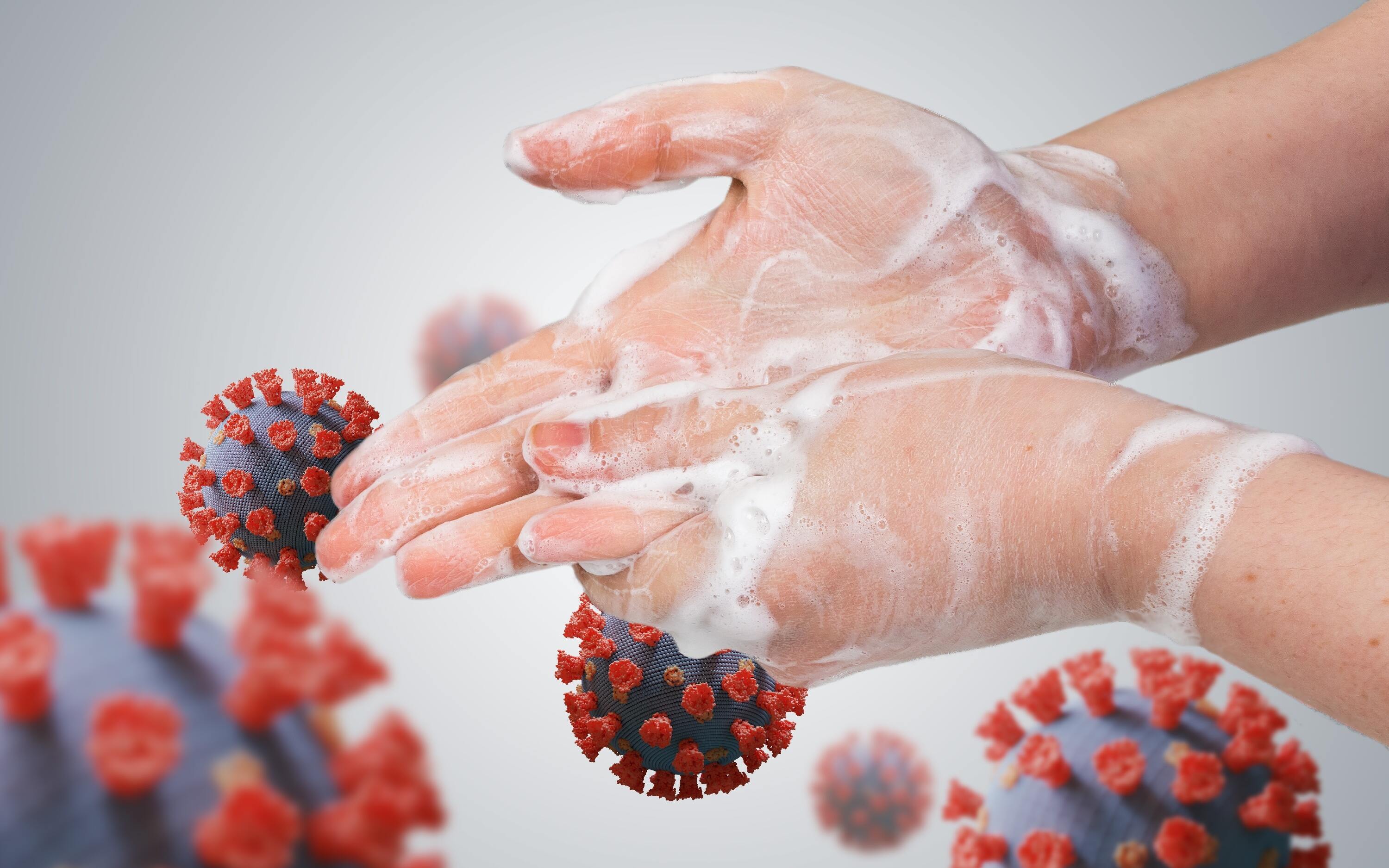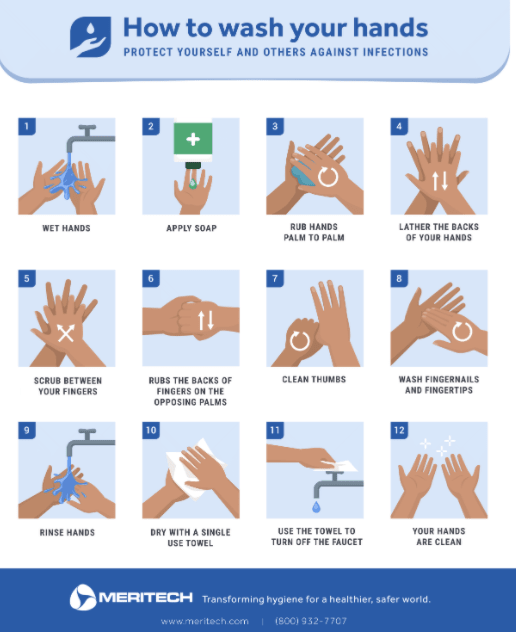Hand Hygiene 101: Semi-Automated Handwashing Stations
 Semi-automated handwashing is well known and commonly-used method in which the water and/or soap is automatically dispensed once a user’s hands are detected by a photo-eye sensor.
Semi-automated handwashing is well known and commonly-used method in which the water and/or soap is automatically dispensed once a user’s hands are detected by a photo-eye sensor.
| Benefits | Potential Concerns |
| - Low cost - Familiar system to most - Fewer touch points reduce cross-contamination risk |
- Highly dependent on user - Unreliable and inconsistent level of pathogen removal - Difficult compliance tracking - May be wasteful of water or have low water flow - No way to enforce proper handwashing duration - Can be used as a dump sink - Inconsistent operation due to photoeye hand detection - No indication if soap solution is empty |
The main benefit of using a semi-automated handwashing sink is that the touchless activation helps reduce cross-contamination points. Manual faucets often have the very pathogens hand hygiene should eliminate, creating a point where pathogens can be reintroduced to clean hands when water is turned off. Touch-free faucets and soap dispensers can help prevent the spread of pathogens from one staff member to another.
While semi-automated sinks do reduce the number of contamination points, they still have the same critical pitfall as manual sinks: relying on human behavior. While the water and soap may be dispensed automatically, the handwashing process itself is still manual and relies on the individual to follow proper steps for the correct length of time to ensure effective pathogen removal.
There is also risk of poor hygiene events with semi-automated handwashing stations. Rushed workers may find the “hand dance” of waving a hand in front of a photo-eye sensor to get water or soap too time consuming or frustrating. Therefore, they may forgo the use of soap or skip a crucial step in the handwashing process, resulting in a poor hand hygiene event. When using a semi-automated sink follow the recommended steps for manual handwashing:

- Wet your hands with clean, running water (warm or cold)
- Apply soap
- Lather your hands
- Scrub your hands for at least 20 seconds. (Need a timer? Hum or sing “Happy Birthday” from beginning to end twice.)
- Rinse your hands well under clean, running water.
- Dry your hands using a clean towel or air dry them.
Another potential pitfall of touchless faucets and soap dispensers lies within the limited or excessive use of water and solutions. While touchless faucets can be set to operate for a particular period of time, such as 20 seconds to encourage a more thorough wash, this can also lead to considerable waste. Most of the water used may not even come into contact with hands during the washing process.
If not too much water, there could also be the case of low flow or limited water pressure from semi-automated faucets. Some semi-automated faucets do not flow enough water for a long enough period of time to rinse the hands thoroughly. This results in soap and pathogens not being effectively rinsed away and, unlike a manual sink, users cannot increase the water flow of semi-automated sinks to ensure effective pathogen removal.
For further reading please explore our Hand Hygiene eBook. This will compare the most commonly used handwashing methods, review the importance of skin health for hand hygiene, and explore how to reinforce good hand hygiene behaviors with employees.







